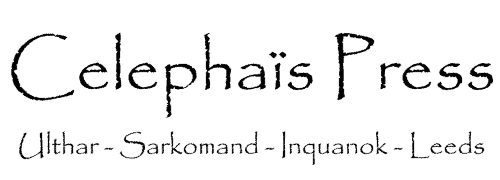Well, back to Sloane 3824 for now.
The second set of talisman designs are going to be a nightmare to redraw: much of the writing on them is borderline-legible and some of them were very hastily scrawled with more detail crammed into the circle that was reasonable given the size of the thing, the pen being used and the scribe's general standard of line-work: many have notes by the side indicating some detail to be corrected.
With that in mind I switched instead to working on the variant Heptameron at the end instead. This is also making my head hurt in trying to work out its stemma. Like printed Heptameron, it is split into two parts, but their order has been reversed: the "considerations" of the seven days with their specific conjurations make up the first part (fol. 131-139), followed by some summary tables of names and examples of the Circle design; then there is:
An Introduction, teaching the use of the foregoing treatise & thereby other experiments & operations of the like nature orders or offices as a president refer'd to the Spirits of the Atr, being a sufficient exemplification for any Phylosopher Skillfull in the Art of Magick, & well Knowing how to make a trew & racionall distinction beetweene the Cœlestiall blessed Angells, or inteligence, and the Cœlestially Dignified Elementall Angells, or Spirits of light, & also of other Elementall powers, or Spirits, both of light & darkness; & so by nature and office, both good & Evill, together with others, called wandering spirts of the Aijr, of the like nature & office, but of no orders, mansions, or proper place of Residence; but moving even like as flies in the son, without sensible subjection any superiour powers; together with Infernall powers, called spirits of Darkness, or Devils, who are saide by nature & office to be wholly evill, & therefore of themselves not to be invocated, Moved, or called forth to visible Appearance, as the other Elementall powers, or Spirits are; & may bee; but other Spirits of their nature, orders, & offices may by them, & the power given to them (by Divine permission in the blessed Trinity) & in their names be moved & called forth to visible Appearance, for such, or those purposes, which may, & usially doth serve to the benifit of mankind; &c.
. . . and that's just the title, for the general rubric and conjurations (fol. 141-154), starting with the composition of the circle, corresponding roughly to the first part of the printed Heptameron. The two sections almost seem to be by different authors: the second part, as previously remarked, completely cuts loose bloating pseudo-Abano's text with verbiage, as well as adding an entire additional section of increasingly strongly worded constraints with accompanying rubric for uncoöoperative spirits, whereas the former has some minor rearrangements and paraphrases (and incorporates the description of the forms familiar to the spirits of the Planets from pseudo-Agrippa) but is nowhere near the Invocation of Angels level of verbosity.
In the former section, while there are a few hints that the redactor used the 1655 Turner text in some respects, the bulk of it appears to have been independently translated from the Latin, either from a printed edition, or from a manuscript copy (various magical MSS. in English and Latin of the late 16th & early 17th century contain substantial copies from pseudo-Abano, usually untranslated). Possibly the planetary section significantly pre-dated the second part and was copied and slightly modified by the redactor of the Invocation of Angels series (for example, replacing the conclusion of the conjurations of the days with wording that strongly recalls the Claves Angelicæ) prior to going all-out.
The matter is further complicated by the fact that on closer examination it's not entirely clear whether passages that I initially tagged "sec. man." were in fact by someone other than the original copyist of the text that now forms the last article in Sloane 3824: that is to say, the text that is clearly in the same scrawl as the first major division of that MS., is not confined to marginalia or intralineal corrections, but includes substantial parts of the body: problem is, the alternative explanation is that the copyist (i.e. Ashmole) randomly switched handwriting style for no clear reason between different sections.
[Header image: Heptameron circle for the first "magical hour" of the day on a Friday in Winter -- well, 2 out of 3 ain't bad.]



